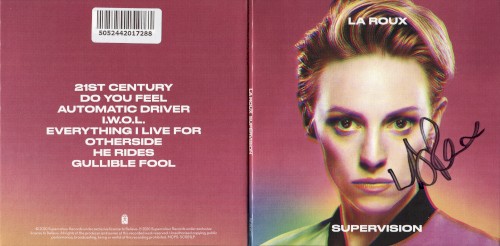Hi,
I tried to list all elements that make up a separate release.
It’s a new release if one of these conditions is true:
- different Cover art (all details)
- different medium artwork
- different release date
-
different release country(is it? - if everything else is the same, it’s probably the same release with 2 release events) - different CD manufacturer (due to matrix information)
- different matrix information (significantly different)
- different DiscID (if all the above is the same, it will share the same master = discID)
- different barcode (in general not only applied with a sticker)
In general stickers on the packaging foil may indicate releases/release events, but do not make it a different release.
Variants of the same release may have:
- different mould SID (from the same plant)
- different matrix codes (minor differences)
For most releases this works well. But there are always special cases, mostly with represses. On Discogs they are often entered as separate releases although only matrix codes have changed. Release dates are mostly avoided as these RP releases are unannounced.
Discogs allows every distinguishable version to be added as a “unique release”, but “manufacturing variations” like “different stampers / matrix numbers for the same edition” should not be added as separate releases. So if you feel your RP is a different edition because it is distinguishable and it was released later, you may add a new release.
And now there’s a case where I really don’t know what to do:
I’ve added this one after inspecting the links related to the 1986-01-01 German release…
Both differences in artwork and matrix codes made me think, it’s clearly different. But afterwards I looked at the images of the German release:
They show the same artwork as mine, although all matrix information visible has a 100% match on the linked musik-sammler release. So images and links should probably be part of separate releases, but is the pictured release (images provided by @ClA_psHydra) the same as mine? One of them might be an early repress, but the differences in matrix code are definitely minor.
And what should be done with this very first Bring On the Night release? (released on Jan 1st … according to Amazon  ) Should it be one or the other?
) Should it be one or the other?
I hope someone can help and I would like to here if every one agrees on my “unique release list”.
